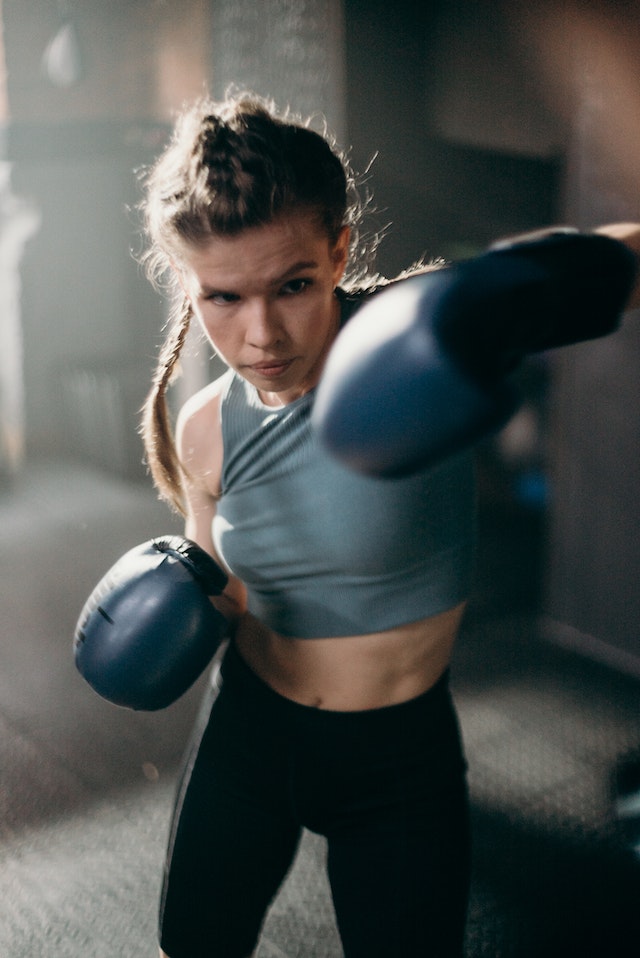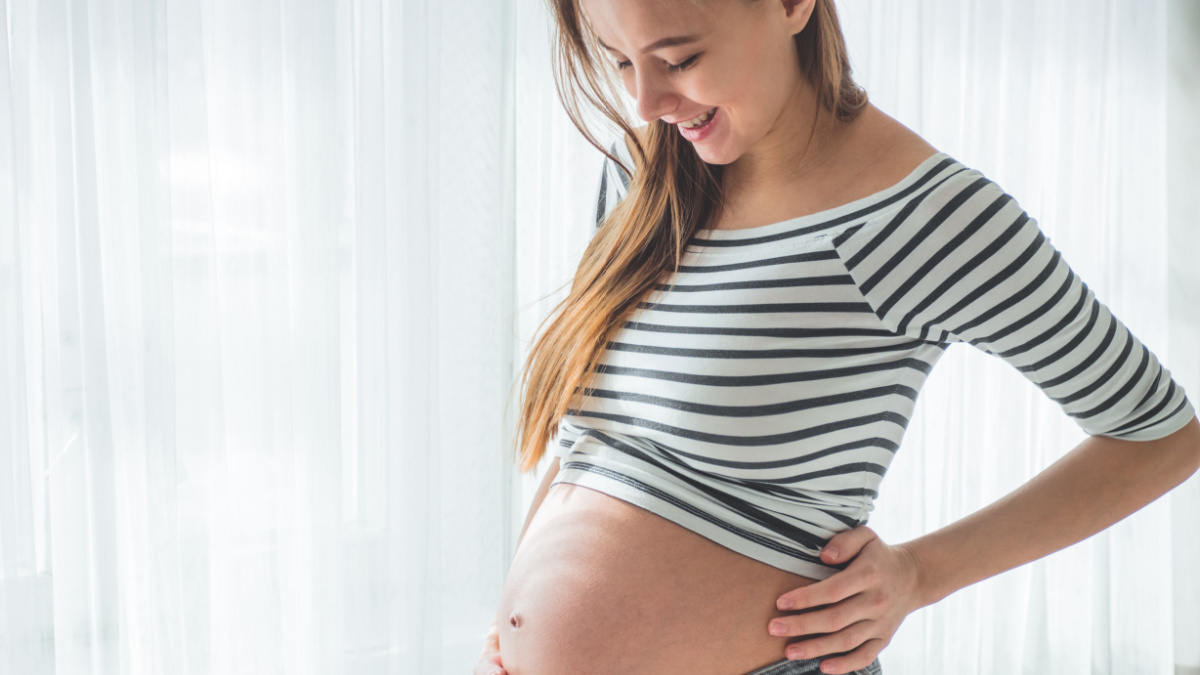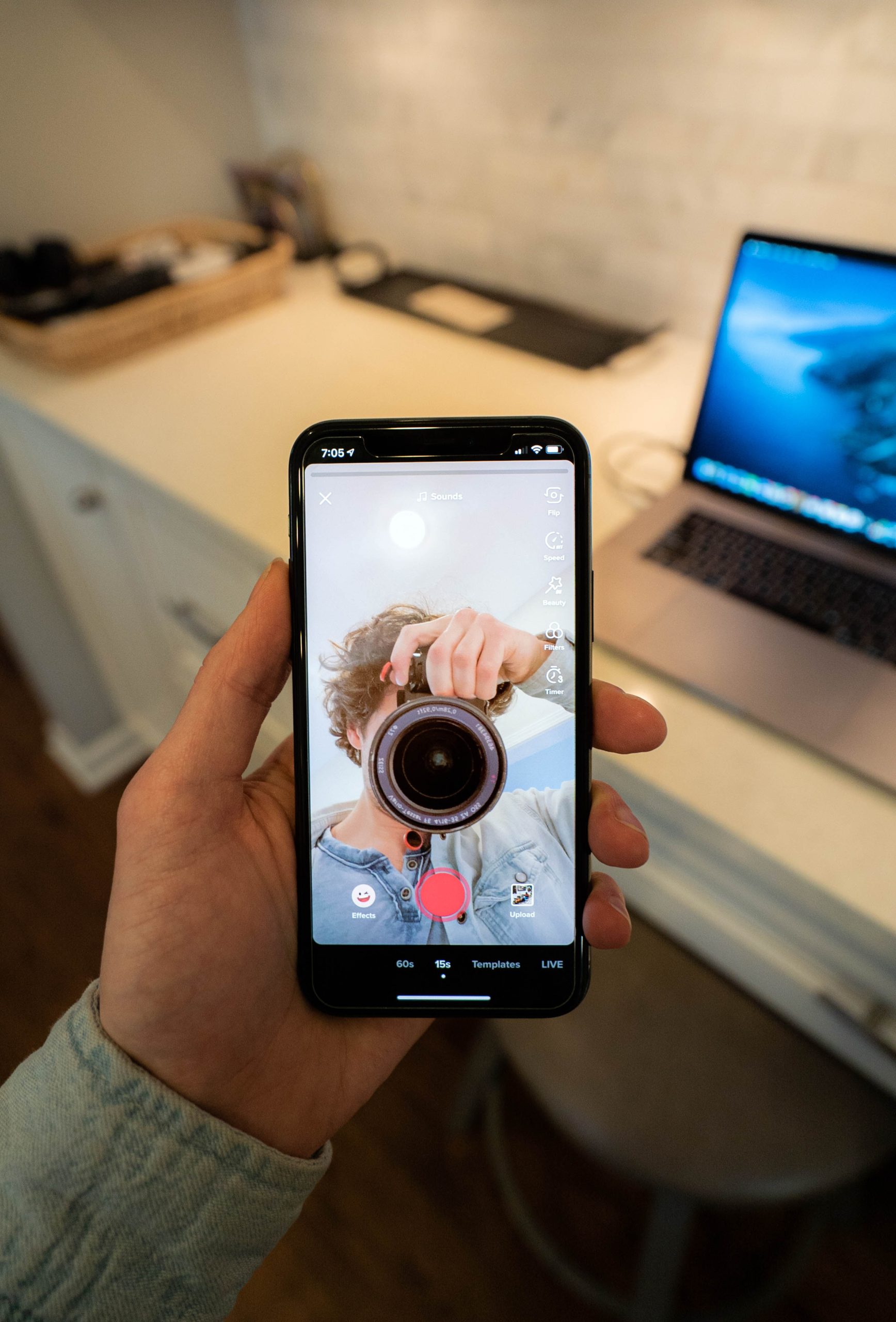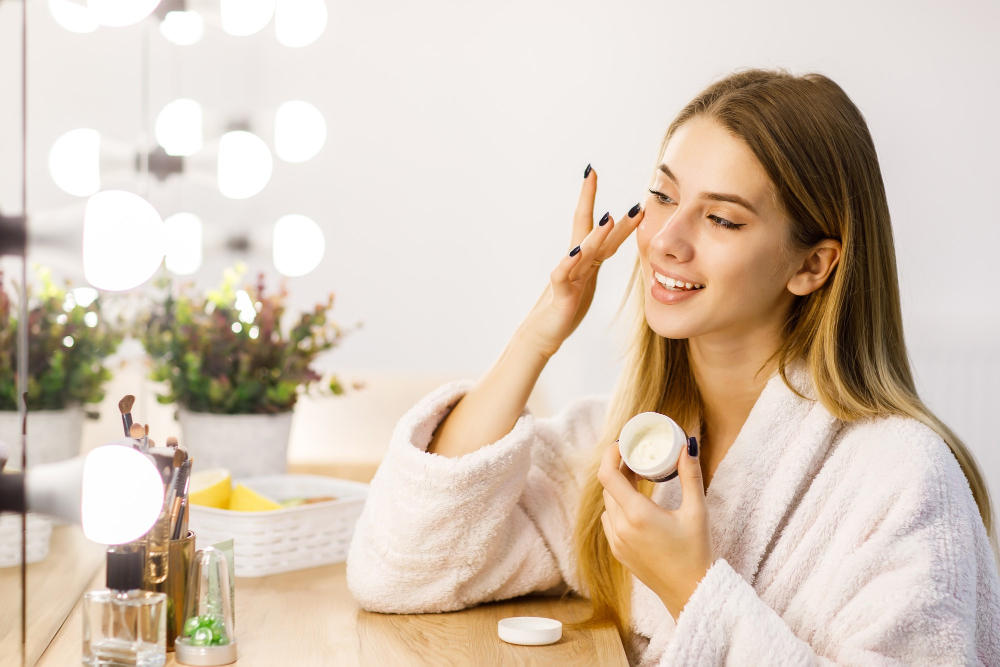Regular exercise is known for its numerous benefits, but how does it impact different skin types, specifically when it comes to acne-prone skin and aging? Let’s explore the effects of working out on these two common skin concerns:
1. Acne-Prone Skin:
– Sweat and Pores: When you exercise, sweat is produced, and it can mix with excess oil, dead skin cells, and bacteria on the surface of your skin. For individuals with acne-prone skin, this combination can potentially clog pores and lead to breakouts. However, sweating itself is not the direct cause of acne, and regular cleansing post-workout can help prevent pore blockages.
– Hormonal Balance: Exercise can help regulate hormone levels, which play a role in acne development. Regular physical activity can reduce stress, lower cortisol levels, and promote hormonal balance, potentially minimizing acne breakouts.
– Improved Circulation: Exercise increases blood flow, delivering oxygen and nutrients to the skin cells. This enhanced circulation can support skin healing and renewal, potentially aiding in the recovery process of acne blemishes.
2. Aging Skin:
– Collagen Production: Aging skin experiences a decrease in collagen, a protein responsible for skin elasticity and firmness. Exercise has been shown to stimulate collagen production, which may help improve the appearance of fine lines, wrinkles, and sagging skin, promoting a more youthful complexion.
– Increased Blood Flow: Exercise improves blood circulation, delivering essential nutrients and oxygen to the skin. This can enhance the skin’s overall health, promote a natural glow, and potentially reduce the signs of aging.
– Stress Reduction: Chronic stress can accelerate the aging process and contribute to the appearance of fine lines and wrinkles. Exercise acts as a stress reliever, releasing endorphins and reducing stress levels. By managing stress through exercise, you may help minimize the impact of stress-related aging on your skin.
It’s important to note that individual results may vary, and the effects of exercise on acne and aging can differ for each person. Additionally, other factors such as genetics, skincare routine, diet, and overall lifestyle choices also play significant roles in skin health.
To optimize the benefits of exercise for different skin types, consider the following tips:
– Cleanse your skin before and after exercise to remove sweat, bacteria, and impurities.
– Use non-comedogenic skincare products that won’t clog pores.
– Avoid wearing heavy makeup during workouts, as it can further clog pores.
– Protect your skin from harmful UV rays with sunscreen when exercising outdoors.
– Stay hydrated by drinking plenty of water to support skin health.
– Consult with a dermatologist for personalized skincare advice based on your specific skin concerns.
By incorporating regular exercise into your routine and maintaining a consistent skincare regimen, you can potentially see improvements in acne-prone skin and the overall appearance of aging skin. It’s essential to listen to your skin’s needs and make adjustments accordingly to achieve the best results.











